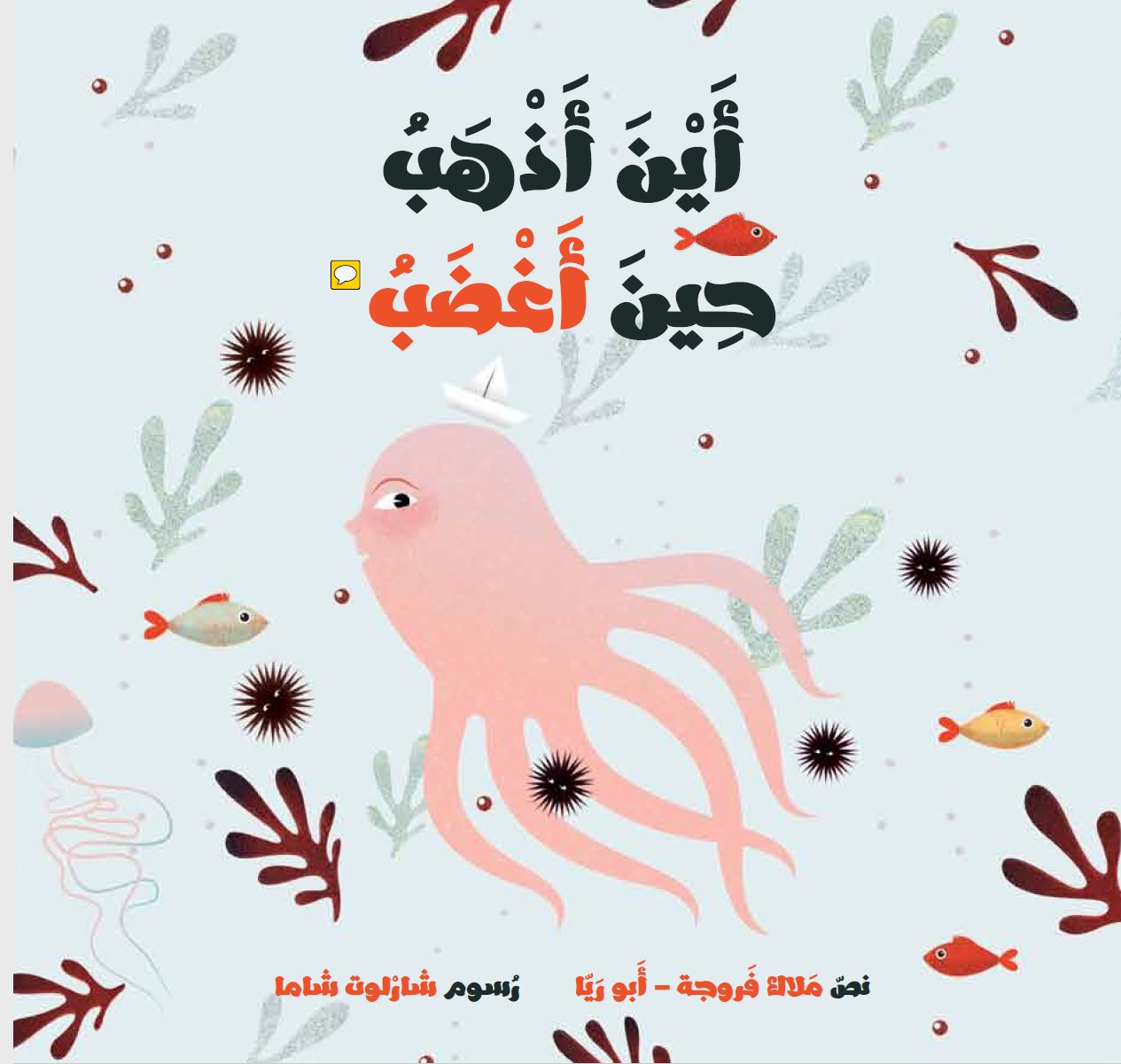
What does a young jellyfish do when she becomes angry? And what do other members of her family do? A book that tells us it’s okay to be angry sometimes and to express anger and control it in different ways.

What does a young jellyfish do when she becomes angry? And what do other members of her family do? A book that tells us it’s okay to be angry sometimes and to express anger and control it in different ways.
“In our house, everyone feels angry sometimes,” says the child in the book, and he invites us to look at a mirror as parents: What makes us angry? And what makes or children angry? How do we express our anger in front of our children? How do we deal with this feeling and help our child to deal ...
Read MoreDear Parents,
“In our house, everyone feels angry sometimes,” says the child in the book, and he invites us to look at a mirror as parents: What makes us angry? And what makes or children angry? How do we express our anger in front of our children? How do we deal with this feeling and help our child to deal with it in a positive and supportive way which will not hurt him or anyone else?
We share with you few suggestions to read this book with your children:
المربّية العزيزة،
كتاب " ماذا أفعل حين أغضب" ليس كتابًا قصصيًّا بالمفهوم المألوف، إنّما هو كتابٌ وصفيّ يرسم صورة لأفراد عائلة في موقف شعوريّ واحد: الغضب. الغضب شعورٌ طبيعيّ يعيشه الكبار والصّغار، ولكلّ إنسان سلوكه الخاصّ في لحظات غضبه.
يهدف الكتاب إلى تأكيد شرعيّة الغضب كشعورٍ إنساني، من المهم أن يكون الطّفل واعيًا له، ولما يُحدثه في جسده من ظواهر فيزيولوجيّة (مثل زيادة ضربات القلب، احمرار الوجه، ضيق التّنفس) وما يرافقه من مشاعر الضّيق والإحباط، ومن ردود فعل سلوكيّة. ومن أجل أن يتعلّم الطّفل السّيطرة على غضبه، من المهمّ أن يكون واعيًا للأمور التي تثير غضبه، ويتأتّى ذلك حين نتيح له الحديث عنها، وندعمه في التّفكير بطرقٍ للتّعامل معها تخفّف من حدّة غضبه.
قراءة مشوّقة وعملاً ممتعًا!